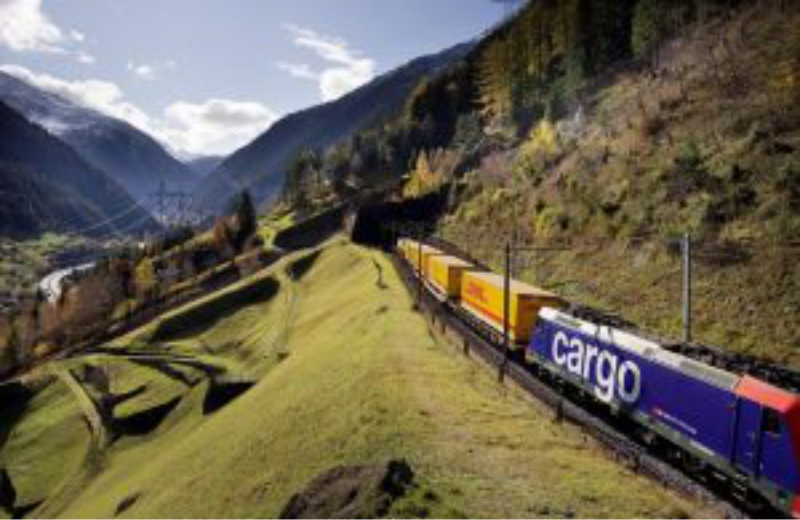The debut consignment of rail transit cargo from Russia to India via Iran has been flagged off, marking the official launch of the eastern section of the North-South railway corridor. Carrying 39 containers the Russian transit train left Chekhov station on July 6, traveling 3800km through Kazakhstan and Turkmenistan to enter Iran. The cargo will be transported to Bandar Abbas port in Southern Iran through a 1600km rail route to be finally sent to Nhava Sheva sea port of India via sea.
The Russian train was allowed to enter into the Iranian border through a ceremony attended by First Vice President Mohd Mokhber, along with transport, oil, energy and agriculture ministers as well as the Vice President for Science and Technology. At the ceremony Mohd Mokhber detailed on Iran’s ambitions to expand trade with neighbouring nations especially in the transport sector.
The transit capacity of Iran has reached 20 million tonnes and with planning and appropriate measures it can be further extended to transiting 300 million tonnes of commodities each year.
The International North-South Transport Corridor (INSTC) is a 7,200-km-long multi-mode transport project for moving freight among India, Iran, Afghanistan, Armenia, Azerbaijan, Russia, Central Asia and Europe.
India has been supporting the project.
From the Sarkhas railway station, the cargo will be taken to Bandar Abbas port in southern Iran using a 1,600-km rail route from where it will be shipped to India by sea, the report said.
The Iranian authorities organised a ceremony to welcome the train and it was attended by First Vice President Mohammad Mokhber along with transport, oil, industry, and agriculture ministers, according to Tehran Times.
In his address at the ceremony, Mokhber stressed the Iranian government’s determination for expanding trade with neighbouring countries, especially in the transit sector, it said.
The train had left Chekhov station in Russia on July 6 and travelled 3,800 km through Kazakhstan and Turkmenistan to enter Iran, the report said.
The shipment of the cargo using the INSTC comes amid the conflict in Ukraine.
Russian President Vladimir Putin is scheduled to visit Iran next week and further boosting connectivity in the region could figure in the talks.
Iran and Russia are also looking at using the Caspian Sea to cut the transit route from Russia to India.
India has also been pushing for boosting regional connectivity.
It is already working with Iran to develop the Chabahar port.
India has proposed to include the port in the framework of the INSTC.
At a connectivity conference in Tashkent last year, External Affairs Minister S Jaishankar projected the Chabahar Port as a key regional transit hub including to Afghanistan. Located in the Sistan-Balochistan province on the energy-rich Iran’s southern coast, the Chabahar port is being increasingly seen as a fulcrum of connectivity to Central Asia.







